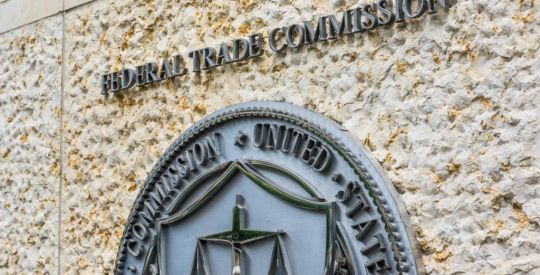A litany of mortgage industry players spoke in Washington Wednesday about the challenges of doing business in the current housing market. Additionally, they told the House Financial Services Subcommittee on Insurance, Housing and Community Opportunity, new regulations are doing more to kill their line of work, than to preserve it. Changes to the current Federal Housing Administration requirement of 3.5% down on home purchases, is a clear example of this well-meaning, yet misguided directive coming from inside the Beltway, they said. “NAR strongly opposes increasing the downpayment for FHA,” said National Association of Realtors President Ron Phipps. “The correlation between downpayment and loan performance is significantly less important than the linkage to strong underwriting, which FHA continues to have. FHA’s foreclosure rate remains less than conventional mortgages, so we don’t believe changes to the downpayments would do anything but disenfranchise many creditworthy homebuyers.” Mark Calabria, director of financial regulation studies at the Cato Institute, offered an opposing view, telling the congressmen FHA reserves have fallen to $3.5 billion $22 billion, and warning “further declines could easily erode the remaining reserves,” requiring direct appropriations to cover claims, which would put taxpayers on the hook. Calabria said to ensure the solvency of the agency and to save taxpayers from future bailouts, FHA reforms should require a 5% cash down-payment instead of the current 3.5% threshold. He also believes the agency should only accept mortgages with reasonable debt-to-income ratios. Calabria said borrower eligibility should be limited to borrowers with incomes that do not exceed 115% of the median area income. Michael Berman, chairman of the Mortgage Bankers Association, said Dodd Frank’s proposed risk-retention rule, which requires issuers to keep a 5% stake in securities to provide a hedge against potential losses to investors, could have the opposite effect — keeping private capital on the sidelines. The oddity is that Dodd-Frank requires Fannie Mae and Freddie Mac to shrink in order to allow private capital back into the mortgage finance market. But risk retention will likely equal a higher down payment as borrowers will also be expected to keep some skin the game. Berman said current proposals define a qualified residential mortgage under the risk-retention rule as a loan with at least a 20% downpayment. One school of thought is that lenders will not wish to retain risk, without further assurance the homeowners will not walk away from their investments in another scenario of consistent home price declines. Therefore, as regulators continue to shape the future of the FHA, lawmakers must address the provisions of Dodd-Frank that conflict with the Treasury Department‘s goal of bringing more private capital back into the market, according to the market participants that testified Wednesday. “We support FHA’s role as a source of financing for first-time homebuyers and other underserved groups,” Berman said. “However, because of the wide disparity between FHA’s down payment requirement of 3.5% and the QRM’s requirement of 20%, MBA is concerned that the FHA programs will be over-utilized.” Berman said that end-result would conflict with the Obama administration’s stated goal of moving to a market that is more privately funded. Berman also warned lawmakers about plans to lower the maximum loan limits for Fannie Mae, Freddie Mac and the FHA. While these loan-limit levels stand at $417,000 for average homes and $729,750 for properties in high-cost areas, an extension to the maximum loan limit expires Sept. 30. Allowing the expiration would cause the loan limit ceiling to revert back to a maximum high of $625,500. “MBA believes the higher limits should be maintained until the housing market stabilizes and the private market shows more signs that it has returned,” Berman said. “We believe that careful consideration should be given as to whether the housing market is ready for a change in the loan limits.” He added that any extension of the loan limits should occur before Oct. 1, to prevent market disruptions. Write to Kerri Panchuk. ? ?
Mortgage industry fights to keep 3.5% down payments
Most Popular Articles
Latest Articles
FTC bans noncompete clauses nationwide
The measure follows up on a 2021 executive order by President Biden, but one group has already vowed to challenge it in court.
-
New home sales still growing from 2022 lows
-
Guild Mortgage CEO on values, culture and M&A priorities
-
US Mortgage Corporation committed to reverse channel, new HECM head says
-
Labor Department announces new rule to shield retirement savings
-
loanDepot CEO talks ‘longer and tougher’ mortgage cycle, NAR settlement and cyberattacks



